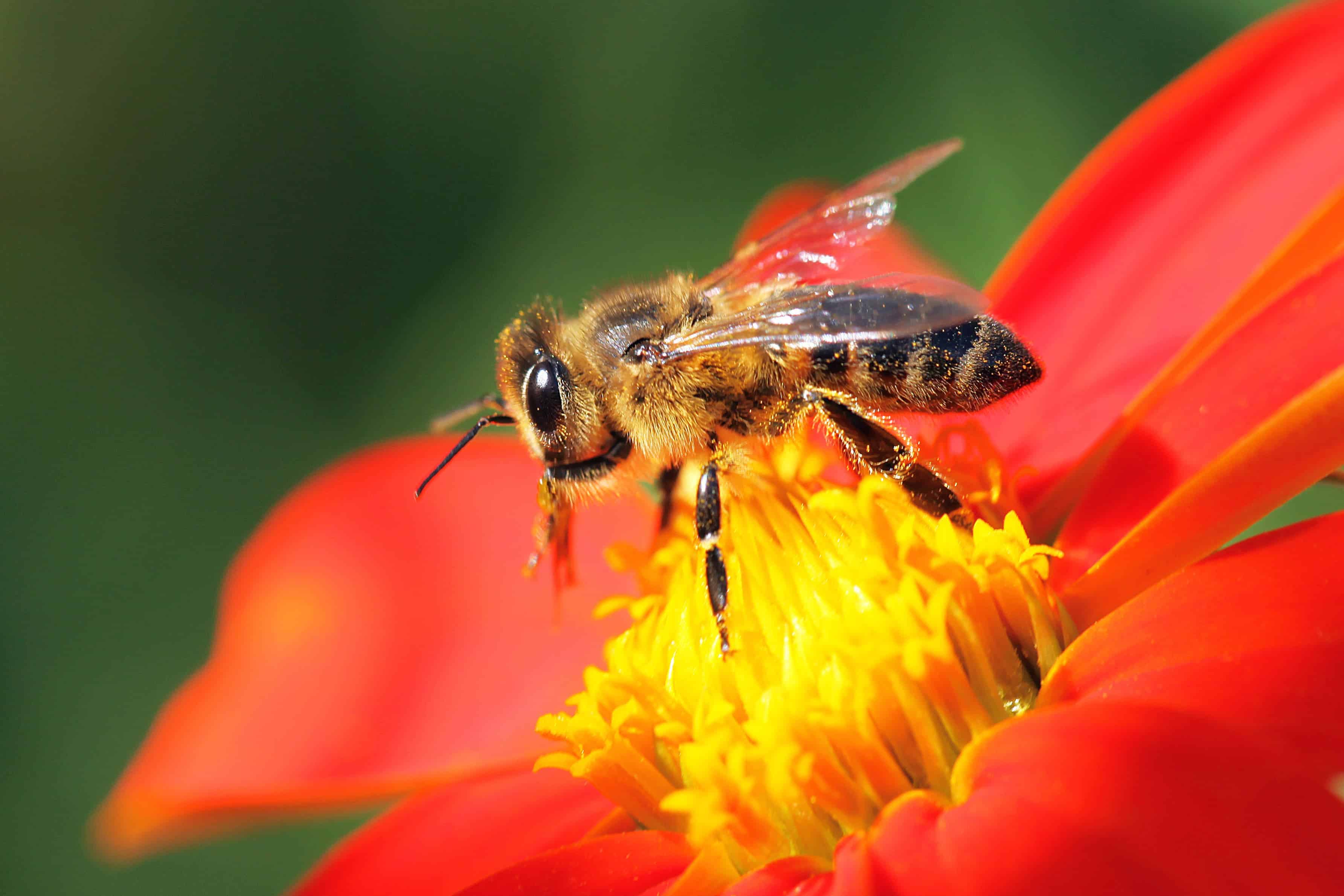Honeybees are one of the most crucial members of the ecosystem, pollinating crops and plant cultures all around the world. Various studies conducted in the past couple of years have shown an alarming dwindling of the world bee population, with some locations being hit more aggressively than others. The main factor linked to this bee genocide seems to be pesticides sprayed on crops, whose chemicals are assimilated by the bees, who also spread them to the hive, leading to a devastating chain reaction. Pesticides are not alone, though – apparently parasitic mite has helped a virus wipe out billions of honeybees throughout the globe, according to a recently published study in the journal Science.

The scientists chose to study honeybee populations in Hawaii, to estimate the effects of Varroa mite infections, which help spread a particularly lethal strain of an otherwise common disease called the deformed wing virus. Being an isolated location, thousands of miles from the nearest coastline, Hawaii has been sheltered from many of the world’s plagues and diseases; once with the introduction of trade and European settlers, however, this changed forever. It seems the Varroa was accidentally brought from California just five years ago, however, surprisingly enough, there are also plenty of Varroa-free colonies. This allowed for the perfect laboratory setting for the researchers, who were free to choose samples and compare between infected and uninfected colonies.
The Varroa mites act like tiny incubators, releasing the deadly disease directly into the bees’ blood, in the process leading to “one of the most widely-distributed and contagious insect viruses on the planet,” according to the team of researchers, lead by Dr Stephen Martin from the University of Sheffield.
For the past two years, the scientists monitored Hawaiian colonies, screening both Varroa infected and uninfected bees alike. There are numerous viruses naturally present in the bodies of honeybees, however the mite “selected” one lethal strain of one specific virus.
“In an infected bee there can be more viral particles than there are people on the planet,” Dr Martin explained.
“There’s a vast diversity of viral strains within a bee, and most of them are adapted to exist in their own little bit of the insect; they get on quite happily.”
But the mite, he explained, “shifts something”.
After a honeybee becomes infected by the Varroa mite, the majority of the innocuous virus strains disappear making way for the lethal strain of the deformed wing virus. As this happens, each viral particle invades a cell and takes over its internal machinery, turning the bee’s own body against itself. Why exactly does this strain thrive so well in mite-infected bees is still unclear, however one thing seems pretty certain.
“So the only way to control the virus is to control the levels of the mite,” said Dr Martin.
Several beekeeping associations have already heralded this research for proving the link between Varroa mites and the devastating destruction of honeybee colonies.
“These findings underline the need for further research into Varroa.
“There remains a clear and urgent need for an effective, approved treatment,” said Dr David Aston, chairman The British Beekeepers Association (BBKA).
source: BBC






